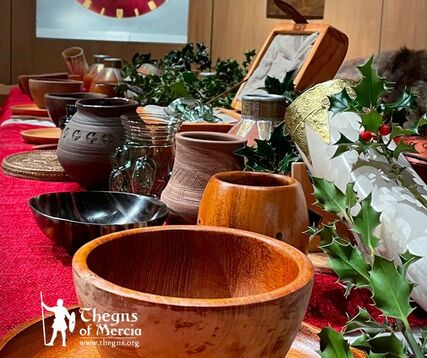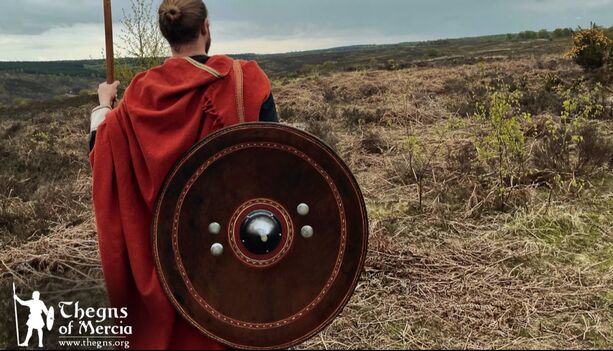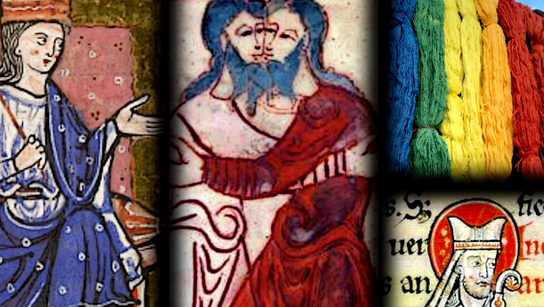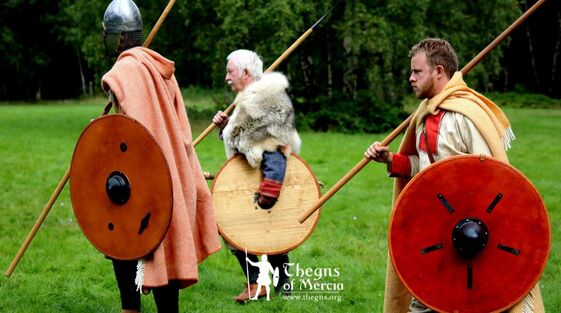It is often said that medieval folk subsisted entirely on ale because water was contaminated and unsafe to drink; we can see from Ælfric’s Colloquy that, at least as far as the Anglo-Saxon period is concerned, this is an oversimplification. Water from streams in more remote and upland areas – such as where monasteries were often sited – would usually be perfectly safe to drink; water from further downstream and especially near major settlements, less so. Early medieval folk could have no knowledge of microbiology but it would not take a genius to notice that those who drank more water, and less ale (considered "strengthening" and generally associated with good health) were often more likely to suffer stomach upsets, leading to the evolution of a habitual preference for ale over water as part of early medieval people’s daily routine.
It's clear, therefore, that ale was central to both every-day life in Anglo-Saxon England, and to social functioning. Its worth examining then, what precisely Anglo-Saxon ‘ale’ and 'beer' were, how it was made, and why it became so important.






 RSS Feed
RSS Feed
